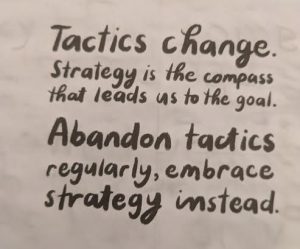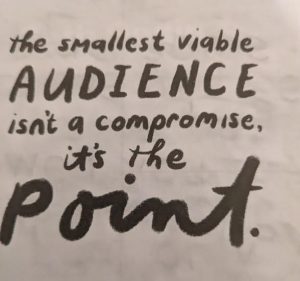It started with Dialpad, but now every UCaaS company – Net2Phone, IPFone, RingCentral, 8×8, yadda, yadda – has added AI to their platform. Why?
One reason is that the sales growth of UCaaS slowed to negative or single digits year over year. These providers needed something to bring interest again.
Another reason is that AI seems to naturally add on to the cloud comms platform for functionality in call center, customer service, and scheduling.
As AI explained, “UCaaS is becoming tied to AI because it offers a powerful story for demonstrating return on investment through increased efficiency, productivity, and better customer/employee experiences. AI provides actionable data from communications, automates repetitive tasks via chatbots and virtual agents, enhances security with features like voice biometrics, and creates more intelligent collaboration tools for hybrid and remote teams. These AI-driven capabilities are becoming key differentiators for UCaaS vendors, making them crucial for companies to remain competitive.”
I don’t know about Differentiation, when everyone has similar functionality.
The real differentiation for UCaaS & AI going forward will be verticalization. Domain and market knowledge will be the difference between a generic bot and one that provides an ROI.
Two providers do a decent job of spelling out the AI+UC+CC puzzle.
(1) AI in UCaaS brings automation and insight to everyday communication. Instead of routing every call through the same IVR tree, systems can now recognize caller intent, past history, or account data to send calls directly to the right person.
- Virtual agents (by voice or chat), can take care of repetitive tasks like checking balances, scheduling appointments, or answering FAQs, so staff don’t have to.
- Conversations can be transcribed in real time, with key points pulled out automatically for follow-up or documentation. This saves time on note-taking and helps teams stay aligned.
- Sentiment analysis flags when a customer sounds frustrated or upset, which can help with service recovery or coaching.
- And real-time dashboards track things like call volume, average wait time, abandonment rates, and agent performance—so managers can spot issues and respond faster.
Together, these AI features replace manual busywork with tools that improve accuracy, speed, and visibility. [Sangoma]
I don’t know if this will all occur in real-time, but certainly in near real time, since in real life there is a lag in AI response.
Another function that they don’t talk about is real time translation and real time accent improvement.
“By automating routine tasks and making collaboration more intuitive, AI is helping teams communicate in ways that are smarter, more productive, and more human-centered than ever before. AI’s rapid evolution boosts productivity and accessibility. It turns UCaaS into tools that actively support and elevate the way teams work together. By automating routine tasks, offering intelligent insights, and personalizing user experiences, AI is driving a big shift in how businesses communicate and collaborate. From smarter meetings to more connected teams, AI’s integration into UCaaS is redefining what’s possible for today’s organizations.
For years, UCaaS platforms have focused on connecting people through voice, video, and chat. While effective, the human element of managing these interactions including scheduling, note taking, translation, and information retrieval has always presented challenges.
This is where AI steps in, helping to automate mundane tasks, provide intelligent insights, and personalize user experiences. AI liberates users to focus on higher value work, fostering more meaningful and productive collaboration. The integration of AI into UCaaS platforms is not merely an incremental improvement. It’s a change in thinking towards truly intelligent collaboration.” [Burwood Gp]
That sounds good, but many businesses have undocumented processes. They don’t even know what the workflow is. Many businesses lack accessible data. If you do not have a Zapier connection to the software you use or an open API, then you will have a data project long before you have an AI project working. And that is where the problems lie. This all sounds good, but Implementation and execution is all.







